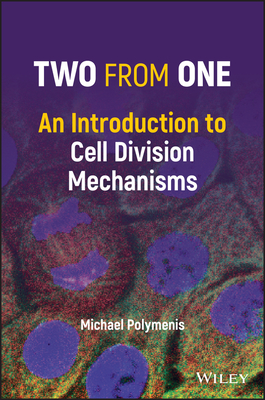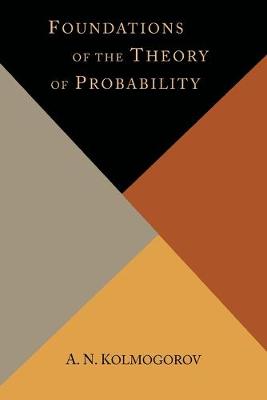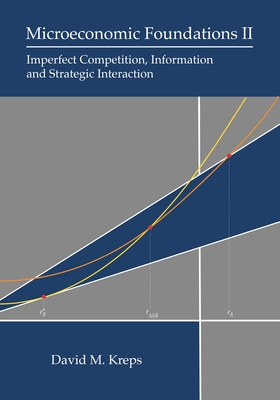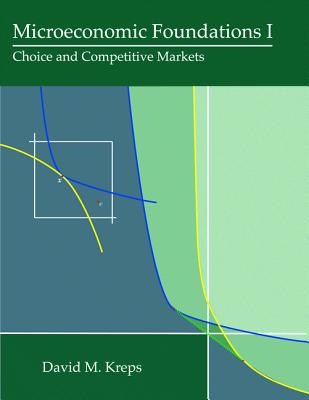
Two From One
从一到二:细胞分裂机制简明导论
细胞生物学
¥
823.75
售 价:
¥
659.00
优惠
平台大促 低至8折优惠
发货周期:国外库房发货,通常付款后3-5周到货!
出 版 社
出版时间
2022年12月15日
装 帧
平装
页 码
240
语 种
英文
综合评分
暂无评分
- 图书详情
- 目次
- 买家须知
- 书评(0)
- 权威书评(0)
图书简介
This book is about cell division, the basis of all life. It is based on the material covered in a short, five-week, course developed by the author. It was designed for first-year graduate students in the life sciences or undergraduate juniors and seniors, who have some general biology and biochemistry background, but not much beyond that. For anyone interested in cell division, the book is meant to be a solid step in learning about the subject, not the last. The text has been taught, revised, and simplified, based on student feedback, to be as accessible as possible to a broader audience. Emphasis is on general concepts. The ’curse’ of modern descriptions of cell division mechanisms is that they quickly morph into an ’alphabet soup’ of gene and protein names. There are fewer than a hundred such names in the books pages. The book is not about providing the most comprehensive assembly of the current knowledge on cell division mechanisms. It can be read in a few hours by anyone with some interest in the topic and a minimal undergraduate background. By making it short and accessible, current and penetrating, the author aims to inform and inspire the reader. To reveal the beauty and logic of the most vital biological process, making two cells from one. Perhaps even encourage the reader to learn more, dig deeper, and even follow the path to discovering new cell division mechanisms. The book does not just present facts as we understand them today. It describes the scientific process in its totality. The books overall direction is to tell a story, from the time cells were first seen under the microscope to this day. It poses the questions as they seemed to scientists at the time and then presents the key experiments that led to our current understanding of how cells make new cells. This is a different strategy from the typical textbook approach. Again, the dual objective of the book is to inform and inspire. The story of cell division is beautiful. The book’s direction is not to bury that beauty under mountains of information and gene names. A brief history of the cell cycle and its prominent landmarks, looking at cellular parts that are easily seen to duplicate and segregate. Discuss in some detail bulk cellular components that also need to be duplicated and segregated. But this process of cell growth is amorphous, with no apparent beginning or end. And yet, cell growth is coupled with cell division in ways that profoundly affect how fast cells multiply. Take a short detour to the current methods of monitoring cell division and their shortcomings. For example, some of these methods may perturb cellular physiology and the normal coordination between cell growth and division. Learn about the master control system of the cell cycle. Examine how cell cycle switches are put together and how they are turned on and off. Looking at gene expression patterns in the cell cycle, or at what goes up and down and when. After all the above, then we can better describe how the genome is duplicated and segregated. More than an afterthought, we will see how some organelles are duplicated and segregated. Finally, the last act, cytokinesis, yielding two cells from one. But other related topics will not be covered (e.g., meiosis, prokaryotic cell cycles, cell cycle controls during animal development, some unusual cell cycles). Not because these topics are uninteresting or unimportant. To keep the book short and more accessible, it can only focus on the common, universal aspects of eukaryotic cell division. Although a serious effort was made to minimize their number, some protein names are necessary. The final tally came to slightly below a hundred. A table with all the protein names mentioned in the book and their function is given at the end, followed by a full list of the references cited.
本书暂无推荐
本书暂无推荐














